18 Foods You Thought Were Universal Until You Left Home

Exploring foods that seem ubiquitous at home but are rarities elsewhere can be an eye-opening journey. These foods, while common in one’s own culture, can be exotic or even unheard of in other parts of the world. This list uncovers the fascinating diversity of culinary experiences across the globe, revealing 18 such foods that you might have assumed were universal.

© barossa_fresh 
© allrecipes 
© parkersgb 
© eleniskitchen.ethiopianfood 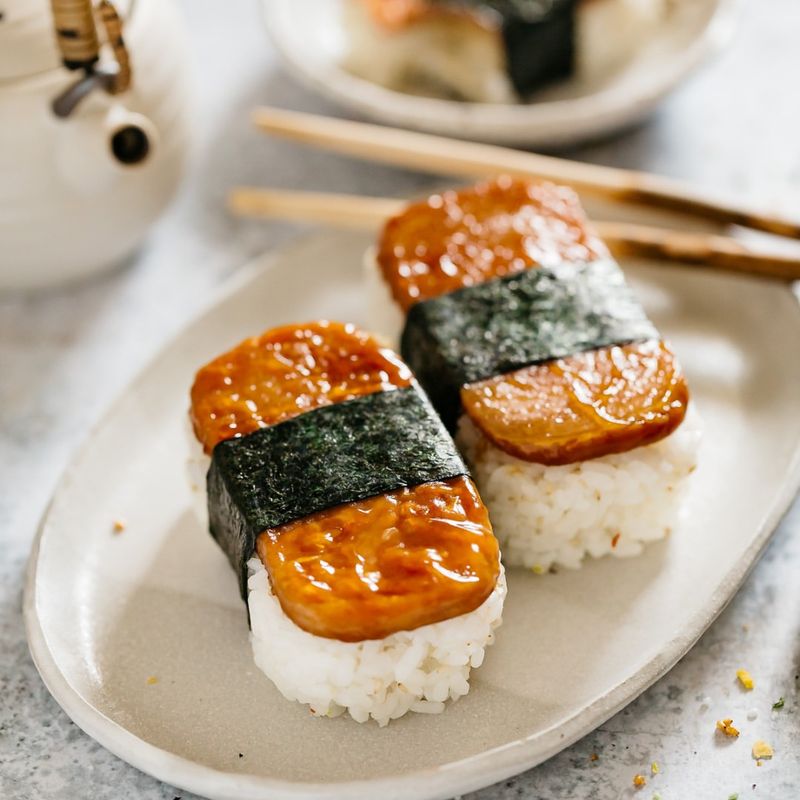
© chopstickchronicles 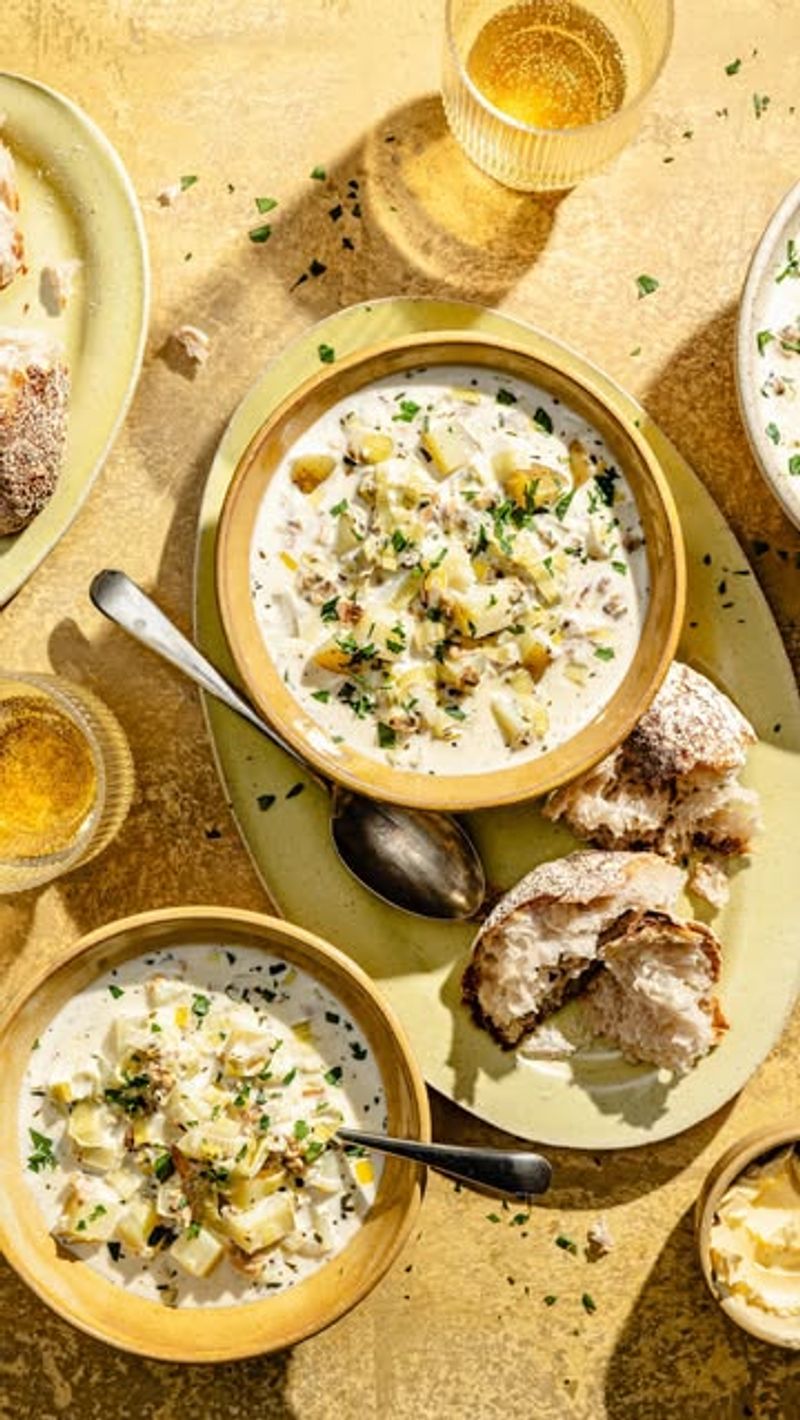
© thedefineddish 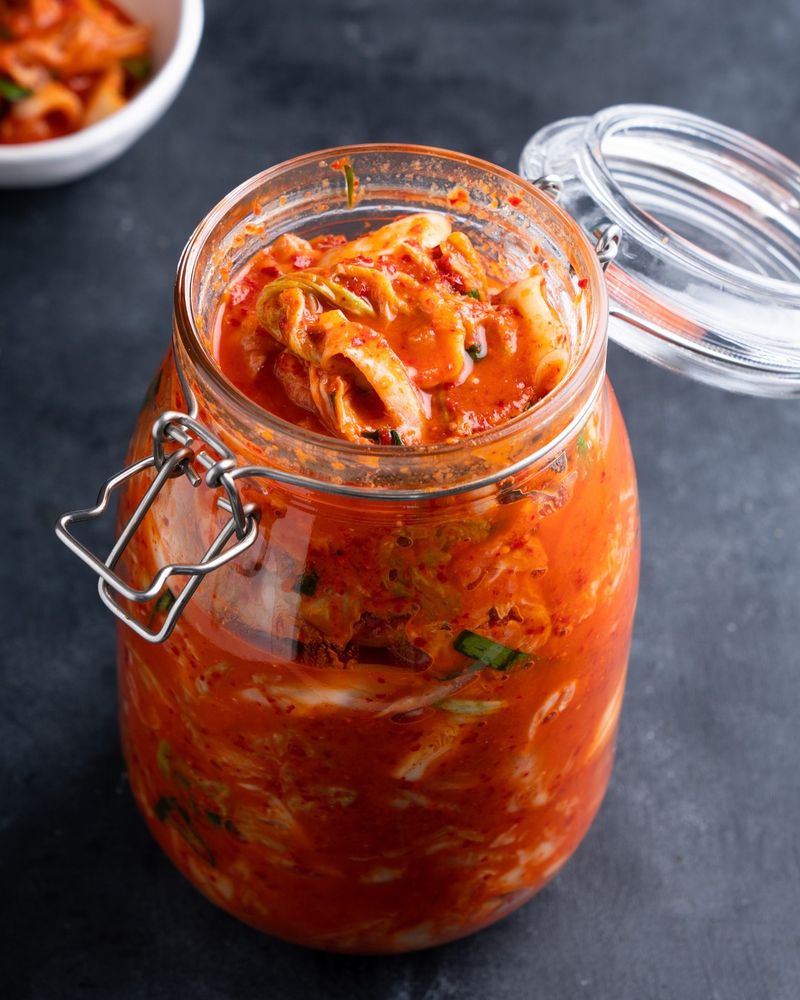
© marionskitchen 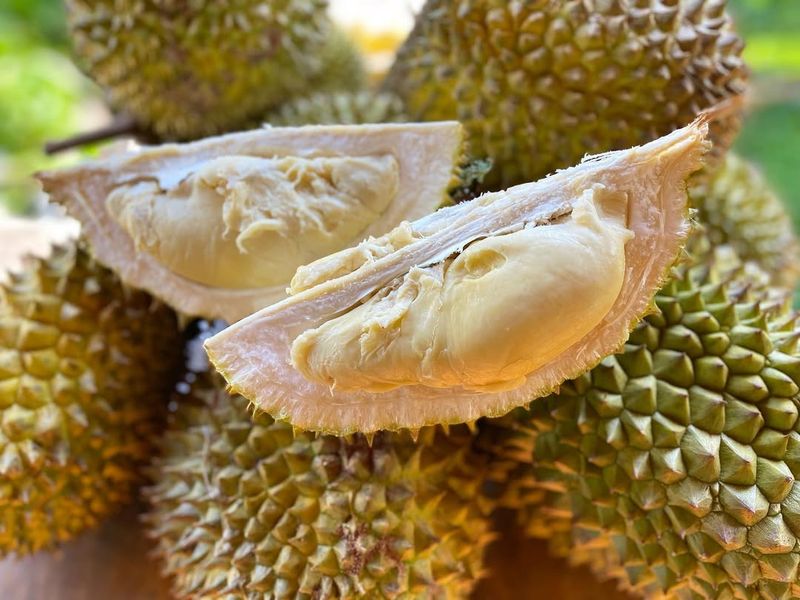
© permacultureplanet 
© thetravelxperiment 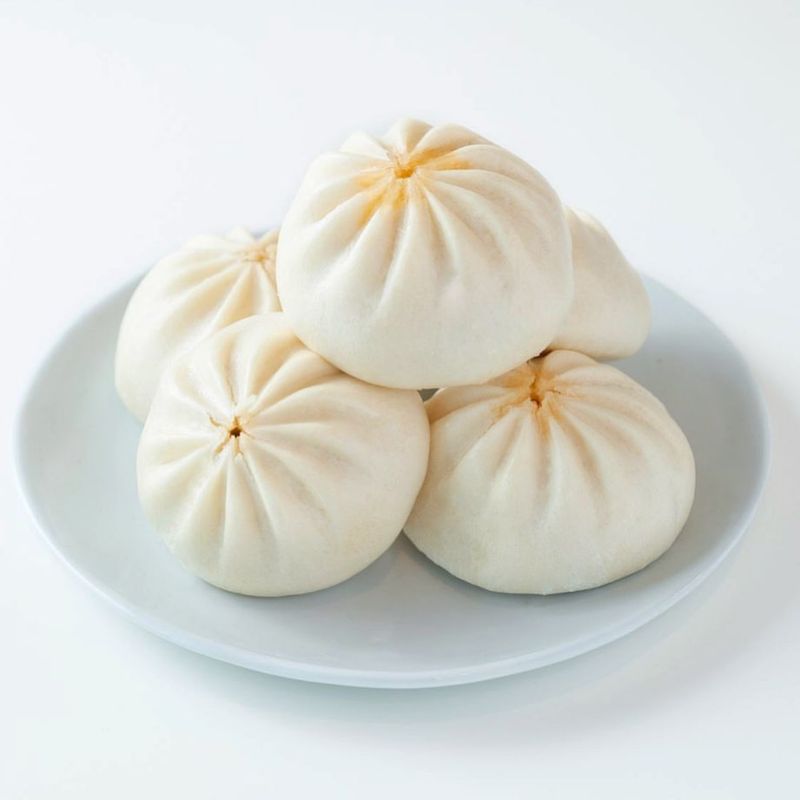
© dumplingdaughter 
© pressedcafe 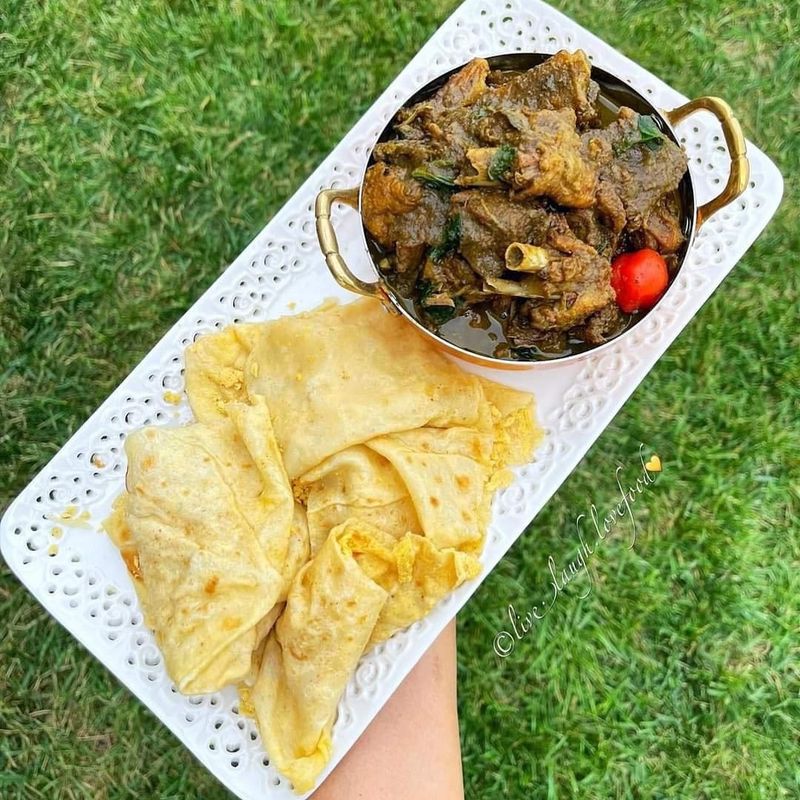
© visitguyana 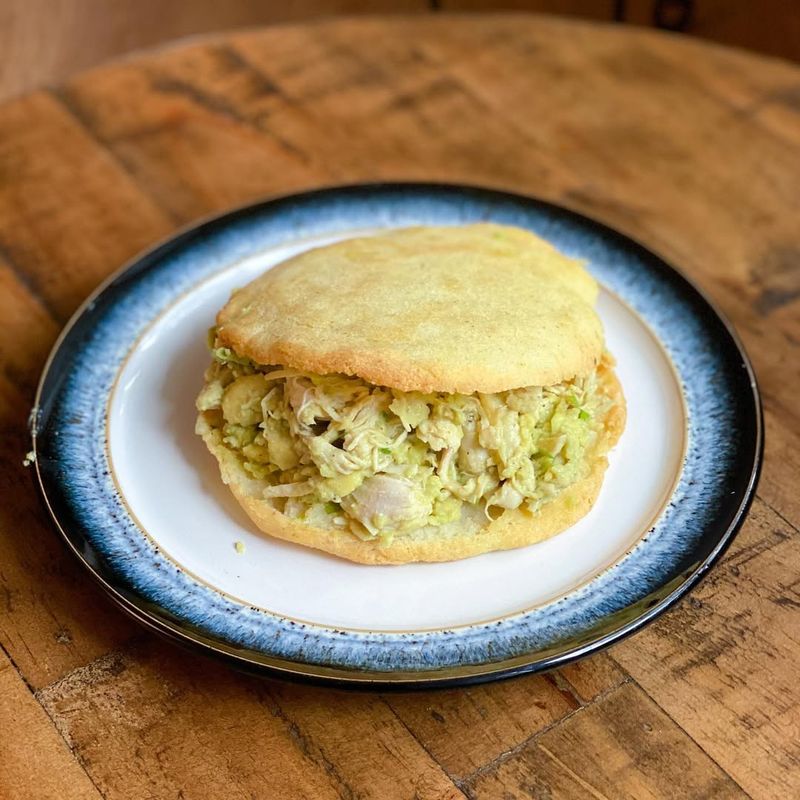
© airfryerlady 
© amyrosethielen 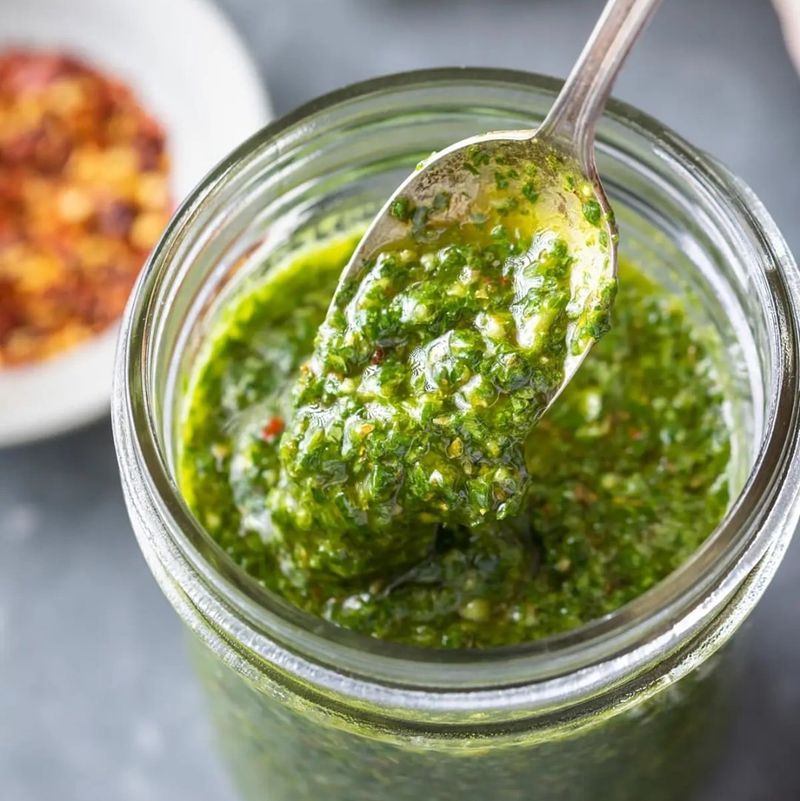
© simplywhisked 
© preppykitchen 
© findyourhappyplate 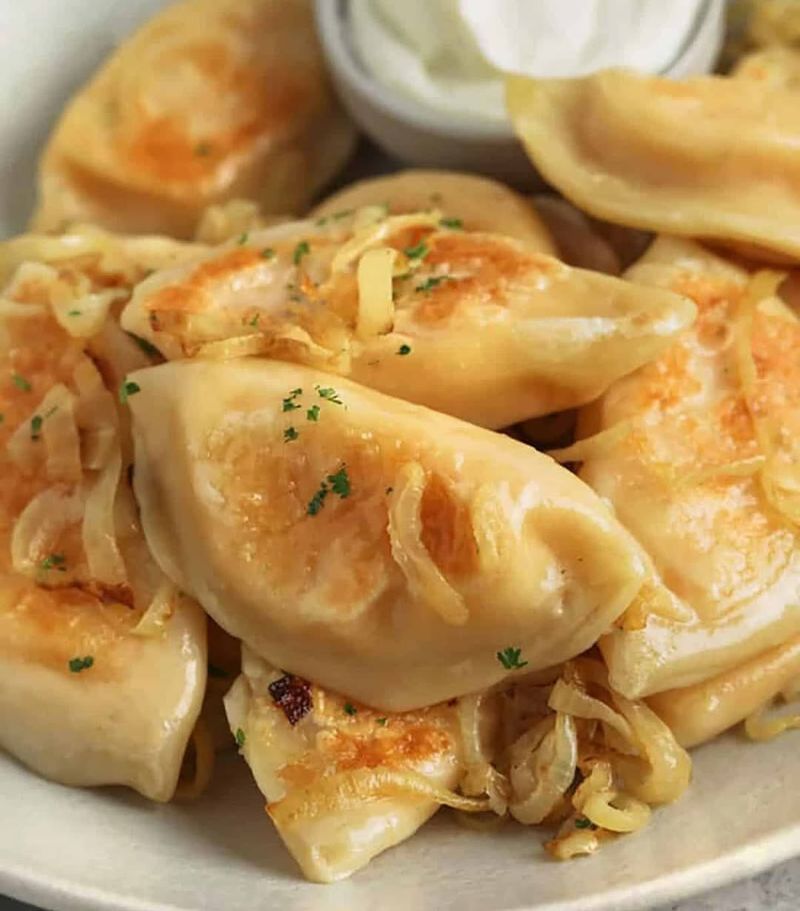
© spendpennies
1. Vegemite Spread

2. Poutine

3. Marmite

4. Injera

5. Spam Musubi

6. Clam Chowder

7. Kimchi

8. Durian

9. Root Beer

10. Baozi

11. Açaí Bowl

12. Dhal Puri

13. Arepas

14. Lutefisk

15. Chimichurri Sauce

16. Baklava

17. Pastel de Nata

18. Pierogi

